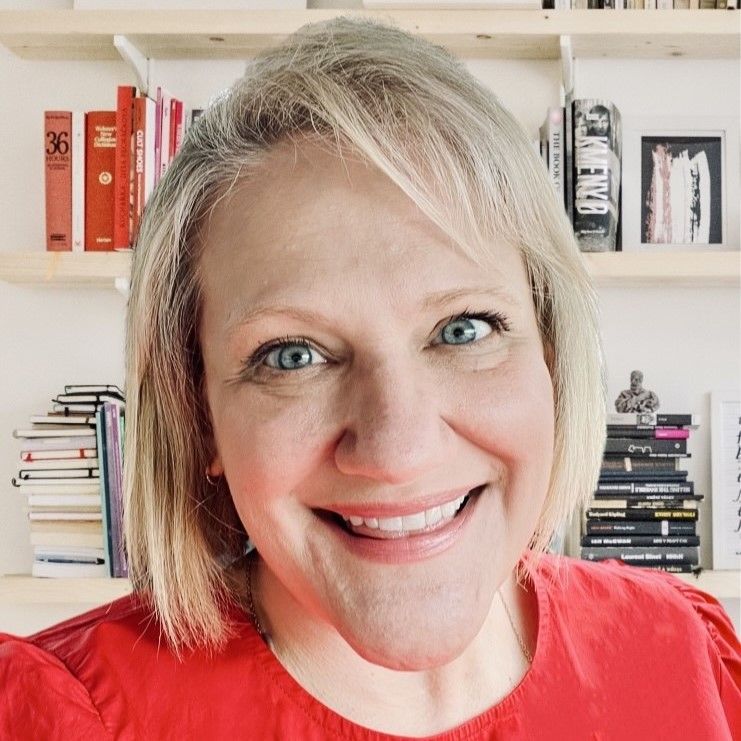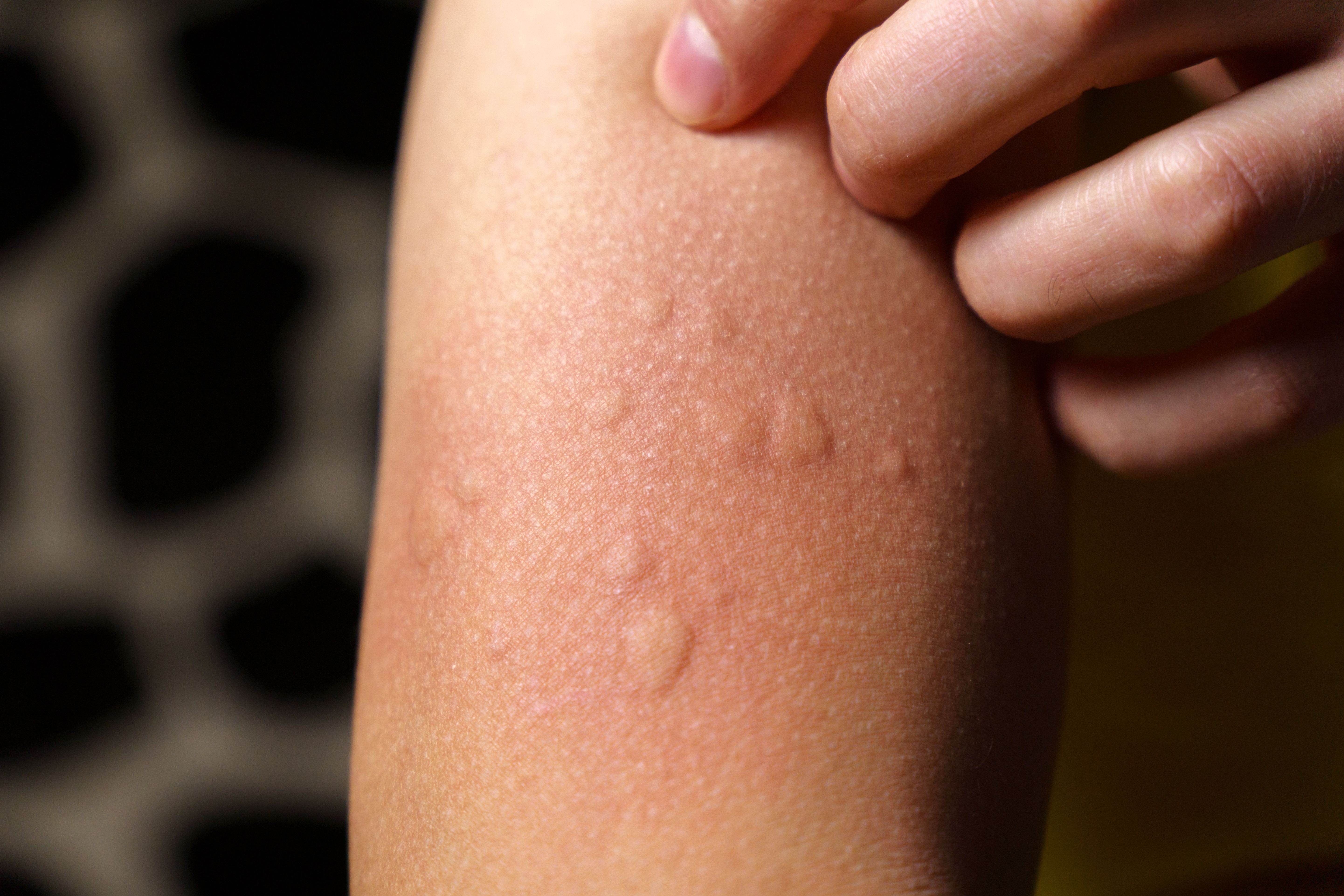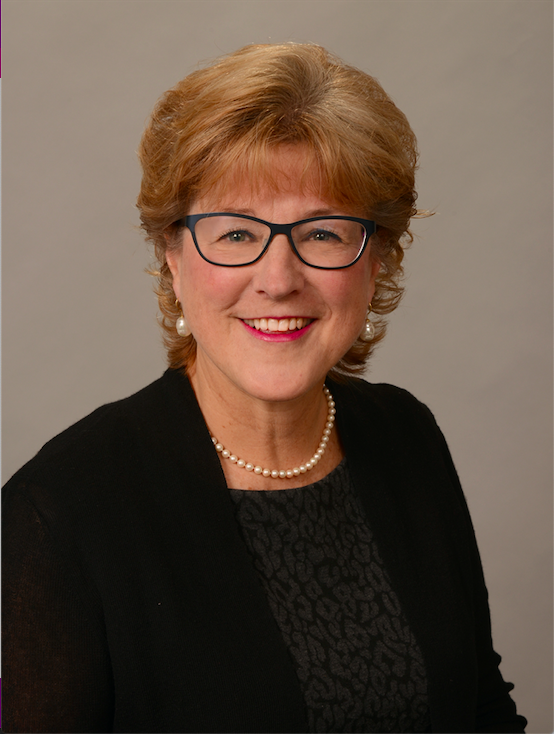Commentary
Article
The Challenging Diagnosis and Long Treatment Journey of CSU, From a Patient Perspective
Author(s):
The pain of chronic spontaneous urticaria (CSU) can be crippling, explained Kristen Willard, a patient advocate with CSU, who discussed her treatment journey.
Kristen Willard, patient advocate with chronic spontaneous urticaria

Patients with chronic spontaneous urticaria (CSU) might struggle with finding the right treatment avenue with multiple providers before they find relief from the pain of their condition, said Kristen Willard, a patient advocate and educational consultant, as well as someone who has lived with chronic spontaneous urticaria for approximately 3 decades.
In an interview with The American Journal of Managed Care® (AJMC®), she explained her personal journey to get treatment, her experiences with antihistamines and steroids before being treated with a biologic, and more.
AJMC: What were your initial symptoms of this disease and what was the timing like? And at that time in your life, how did the symptoms impact you?
Willard: My first symptoms started in my 20s. I'm 50 years old now, and very early in my 20s—probably when I was 21 years old and right out of college—the first thing that happened to me was I used a very popular detergent that gave me hives in the shape of my clothing. That was the first thing that happened to me. I remember thinking at the time how terrible it was that I had that experience, but those were relatively easily resolved. It was later in my 30s and 40s that these became much more regular for me. In my 40s, they became chronic.
Early on, these were very manageable episodes that I was having, but much later in life when they became chronic, every single facet of my life was impacted. I could not fully work. I could not walk my dog. I couldn't shower. I could hardly sit on the couch. It really progressed over time, and most recently, it impacted every part of my life dramatically.
AJMC: What health care specialties were involved in your initial diagnosis and care plan? And what were each of their roles?
Willard: I recall very vividly when I was first diagnosed that I was seen at a health maintenance organization in their urgent care—and that urgent care keeps coming up as a theme for me. The first diagnosis I had of hives happened in an urgent care where nurses attended to me. They were very quick to diagnose that they were hives. Then, I had a treatment plan at that time that included antihistamines and steroids, which took care of that.
When they became chronic, I was first seen in urgent care, and when that did not resolve my issue, I moved to an allergist/immunologist, which was ultimately the home where I found I was understood. That person really helped me to get to a point where these were manageable for me, at least for the time being.
And speaking to the roles of each of those providers, I think many people do not know where to go for a specialist when it comes to chronic urticaria. Do I see my primary care provider, who will tell me who to go to? Will I see a dermatologist? Will I see an allergist? In that case, I was actually referred directly out of urgent care to follow up with a dermatologist. I was also lucky enough to have insurance, and I went through my network to find a dermatologist. So, that made the path easy for me.
When I engage with other patients with chronic spontaneous urticaria now, I find that people don't have that direction oftentimes and don't know who to go to. But I felt very secure in the home that I found and I was very lucky in that way.
AJMC: Current treatments for CSU, like antihistamines are often ineffective and different therapies need to be used a lot of times. Can you go over what your treatment journey has been like?
Willard: My treatment journey, I think, has been a relatively traditional one. During my bouts of hives in my 20s and 30s—before they became what I think of as chronic—I was on significant amounts of both nonsedating and sedating antihistamines, because at that time we were still doing that. That was coupled with steroid bursts when I needed them.
When my hives became chronic in my 40s, they were initially unsuccessfully treated with those antihistamines—a combination of antihistamines with famotidine. The antihistamines and the steroids did not work for me. It was not until I was on a biologic for a full 6 months of regular biologic use and visits to my allergist that I found that they retreated. I will say they retreated for now because I never know when they'll come back.
AJMC: The biologic has treated you successfully, but are there any downsides to it? Could describe the pros and cons of the biologic from your perspective?
Willard: My experience with the biologic was very positive. My clinician moved quite quickly to that option when she realized the first-line treatments would not work for me.
The visits to have the biologic administered are burdensome. No one really loves to go to their physician once a month for something—that makes you sometimes anxious—especially at an allergist where you're told to wait because they want to be sure that you don't go into anaphylaxis. That is always a little disturbing. Over time, this became such a positive remedy for me that I sort of looked forward to that process, because I knew that this was one step closer to being rid of what I considered a plague for me for so very long.
I think in the column of the difficulties associated with receiving a biologic, that was really it for me: the repeated visits and not being able to do this at home like you might just take a medication. Then on the pros side, it is really relatively easy when you think about the effect it has on you and how well it works for some of us, I will say. Again, I looked forward to seeing what could happen as I started to get better.
AJMC: Overall, how has your mindset of CSU changed from your initial diagnosis to now?
Willard: My mindset of CSU has changed significantly from my initial diagnosis to now. I completely felt that I had no control over my progress with this condition when I first started getting hives. Truly, I felt that this was out of my hands. In one of my most serious bouts, I can remember researching disability options because I was afraid I would never be able to go back to work again. Now that I have the education that I did not have at the beginning, I know so much more about what I can do and how I can self-advocate in order to get the treatment that I need or the right people to listen to me or get to the right health care professionals. I think I also know more about tracking my symptoms and why that's important and taking pictures of my hives, because it never fails that you will go to your physician, and they will disappear when you get in the office. I’m making sure that I'm doing my diligence as well. That mindset has completely shifted for me.
I think the other thing that it has done has made it feel even more imperative for me that we get the word out about how crippling both the acute episodes of hives and the chronic hives are for someone like me who has experienced both. It isn't just your everyday itching. It is something that makes life feel nearly impossible. When patients come to you as a health care professional, with that urgency, they mean it. It really is affecting their lives that dramatically. It isn't hyperbole. I hope that all health care professionals can do their best to seek out something that can help individuals who have the same condition while the patients help to be shared decision makers in that process.
AJMC: Speaking of patient education, how did you educate yourself on CSU early on compared with now? And how have you seen the patient education tools evolve over time?
Willard: It's so interesting, because when I first was diagnosed with hives, that was a time that we weren't even really using the Internet, to be honest. This was still pamphlets in your doctor's office, and I recall vividly seeing a poster that was on a physician's wall and saying, “This is what I have.” But I assumed that all hives just went away when you took an antihistamine. I did not think that these could last long term.
I also did not know in the early stages of my hives that there were patient advocacy organizations all over the world that work with people with chronic hives. If it is not a formal organization, there are social media groups that can speak to the patient experience, and they're all speaking to each other because patient to patient is often very helpful. I think the evolution has been dramatic. It's almost night and day when I think about it.
If I were to tell someone now what to do when they’re first diagnosed, they should seek as much information as they can, but do so from trusted sources. It obviously will come from your health care team, but Google to see what is out there from patient advocacy organizations that you can see are trusted and linked to by other organizations in the field that work with trusted physicians.
My organization is called GAAPP [Global Allergy & Airways Patient Platform]. We have a shared decision-making tool for patients with CSU and their physicians. There are educational materials and a patient charter for people with chronic urticaria. That's one place you can go to seek information. But there are many people now, I think, who are paying attention to this given organizations are sharing the patient story and we're learning more about chronic hives as we move forward.




